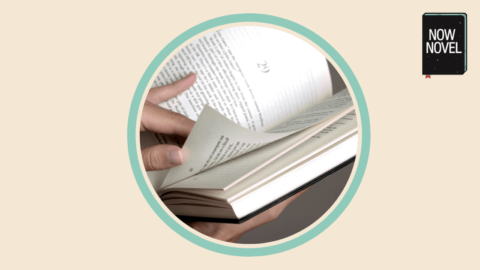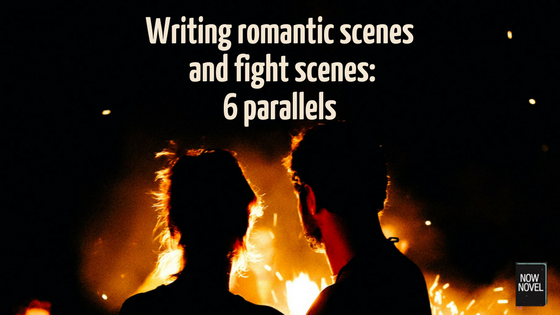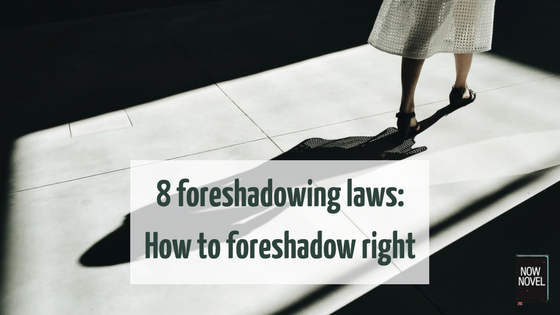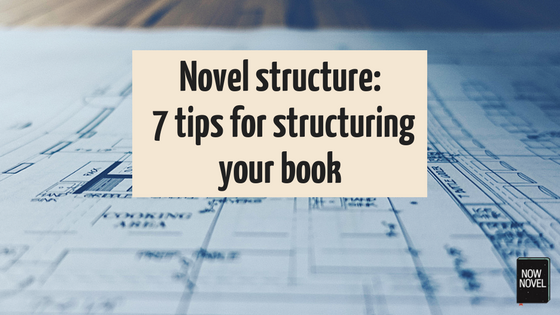Sometimes we overstate the importance of ‘climax’ in a story. After all, some novels end with anti-climax. Bret Easton Ellis even ends a novel mid-sentence. All the same, knowing how to create a gripping build-up is useful, especially if you’re writing a fantasy or thriller. Here are tips gathered from exploring effective story climax examples:









